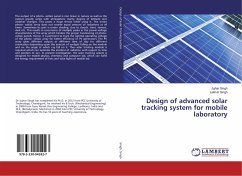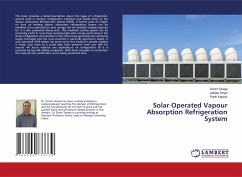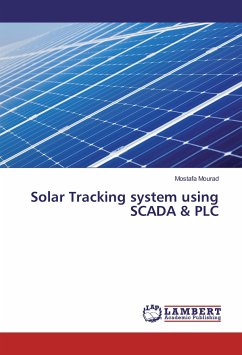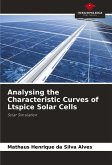The output of a photo- voltaic panel is non linear in nature as well as the output greatly varies with atmospheric clarity, degree of latitude and weather changes. This poses a huge threat while using it. The entire photo- voltaic array does not receive equal amount of radiations at all times. Sometimes its part is under shading, due to clouds, trees, towers, dust etc. This results in occurrence of multiple peaks in the power-voltage characteristics of the array which hinders the proper functioning of photo-voltaic panels. Hence, it is pertinent to track the optimal operating voltage of the photo- voltaic array for better efficiency of PV generators. The PV array gives different output at different time of day for different orientation depending upon the amount of sunlight falling on the module and on the angle at which ray fall on it. Thus solar tracking module is required which can optimize the incident of radiation with respect to time and position of sun. In present investigation, the solar tracking system is designed for mobile physics, chemistry and computer lab, which can fulfill the energy requirement of fans and tube lights of mobile lab.
Bitte wählen Sie Ihr Anliegen aus.
Rechnungen
Retourenschein anfordern
Bestellstatus
Storno








